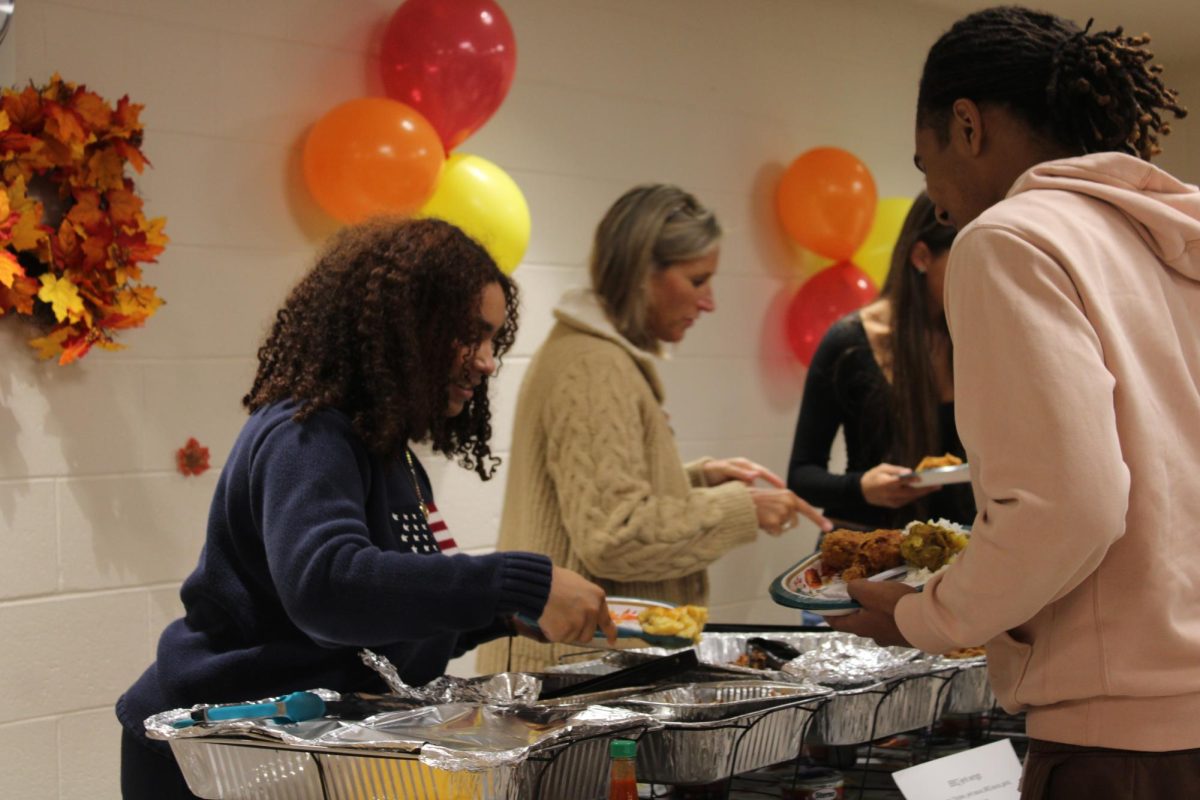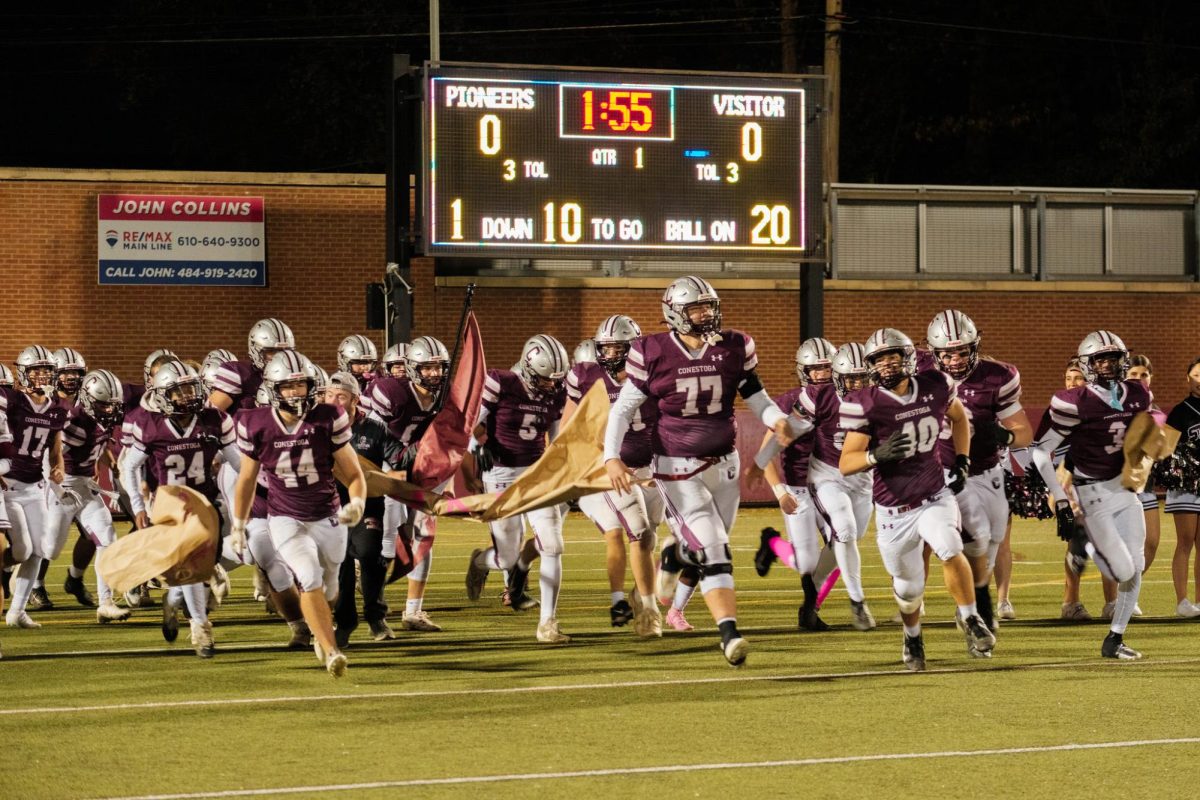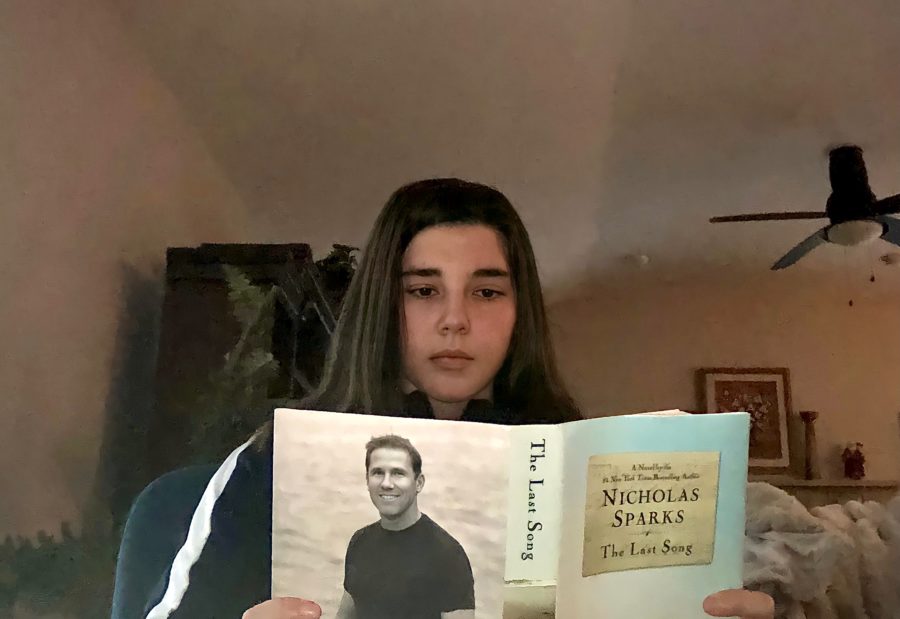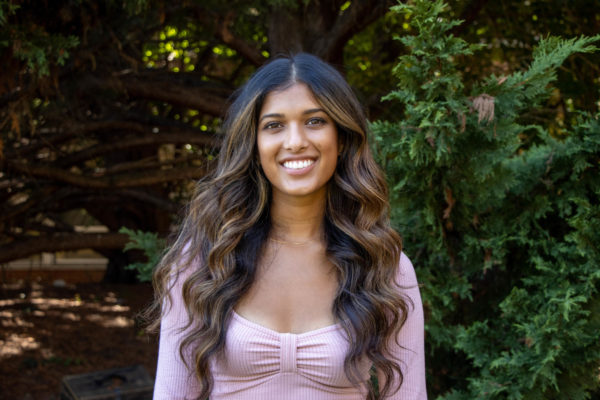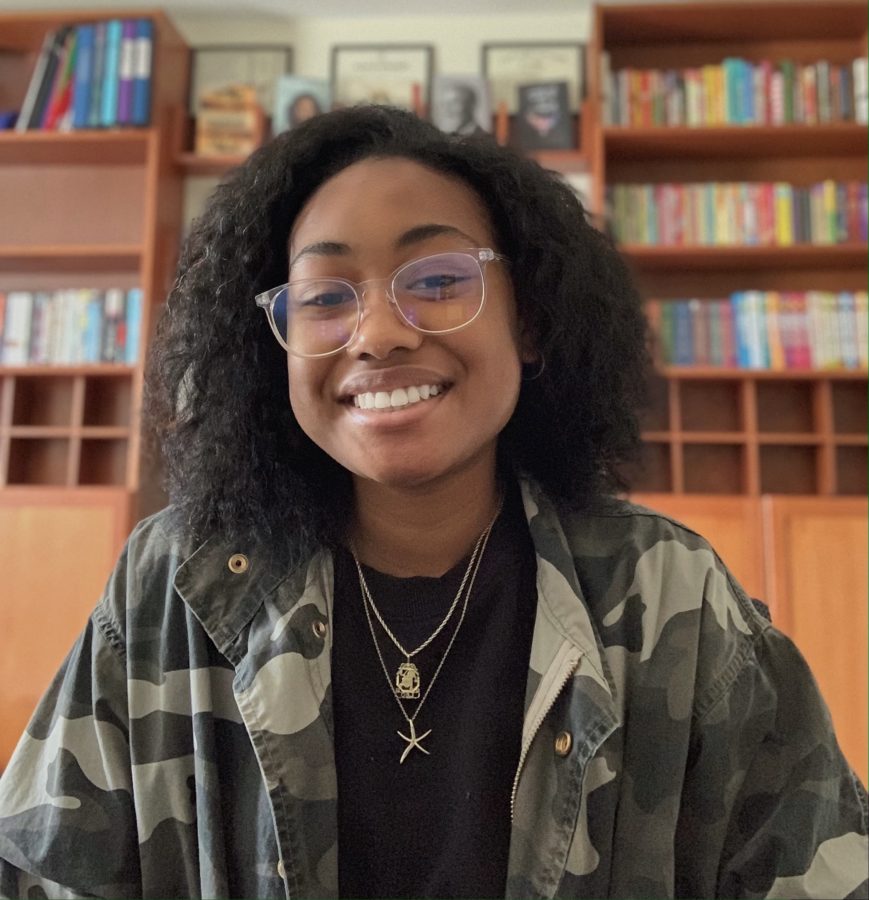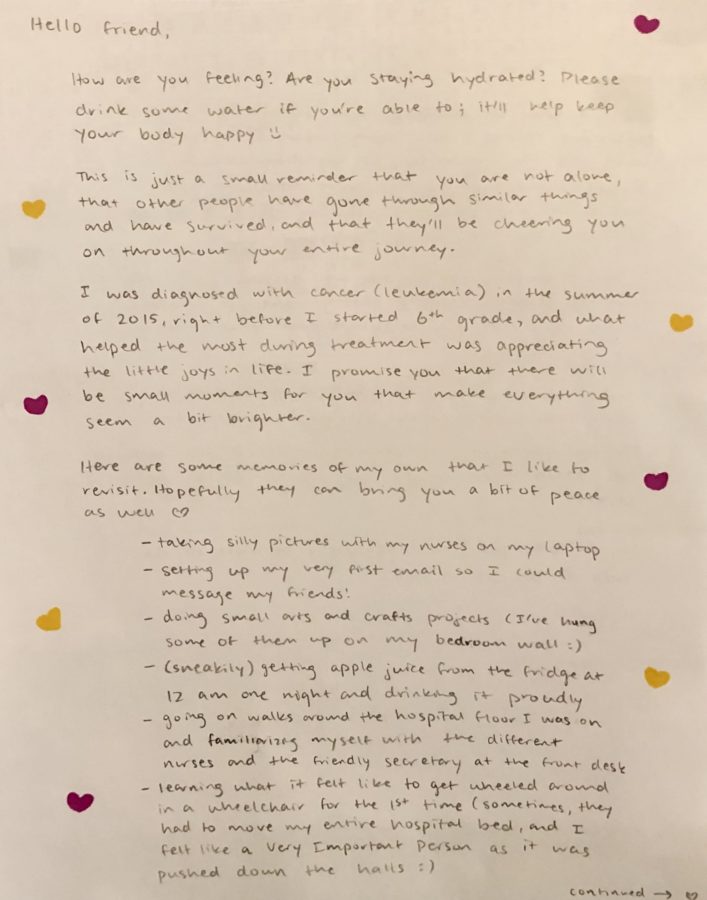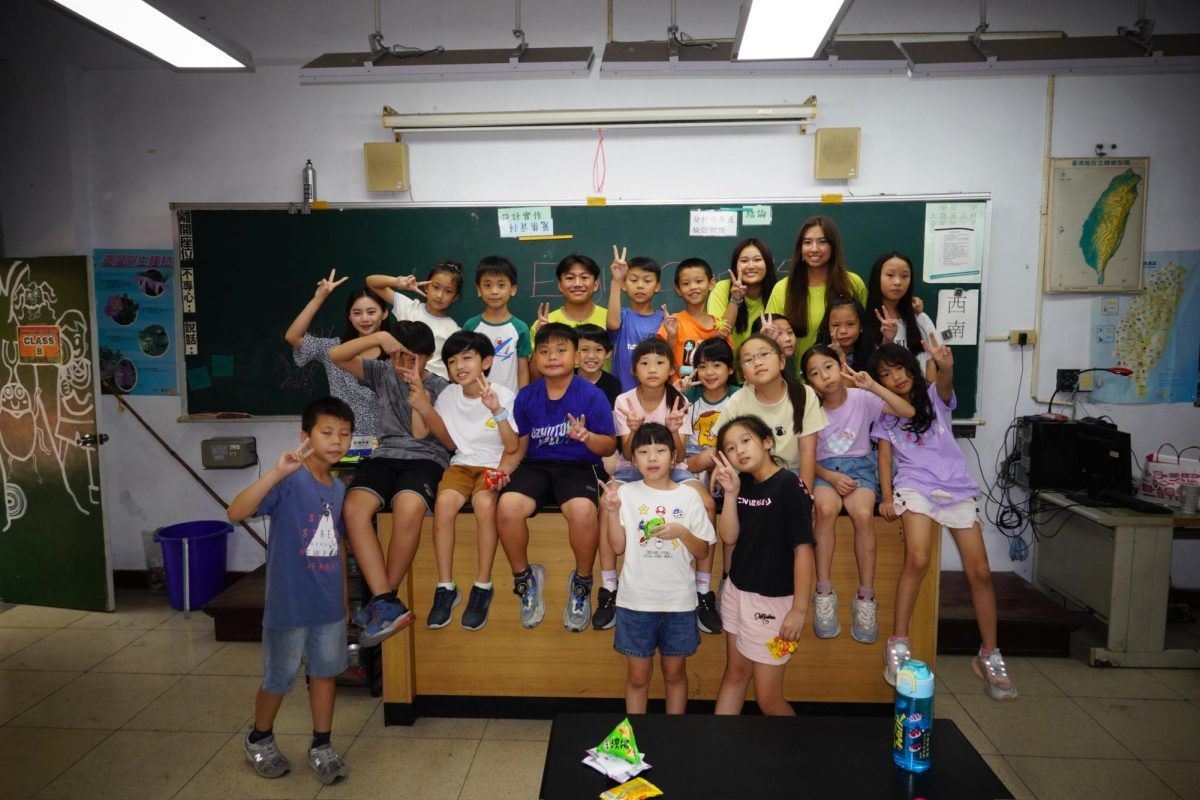By Kate Emmanuel and Abbie Preston, Staff Reporters
Valentine’s Day is a day of fancy dinners, thoughtful gifts and most important of all, love. Romance is in the air all around the world, and love stories are a popular way for people to experience the romances of fictional couples with dramatic plot twists and sweet endings.
A “love trope” is a plot device used by authors that establishes a common theme of romance which can be found in many other stories. For example, Suzanne Collins’s novel, “The Hunger Games,” falls under the love trope, the love triangle: a plotline with a three-way romance, resulting in only two characters falling in love with themes of jealousy and competition. Freshman Sydney Joslin enjoys romance tropes the most when they are skillfully incorporated into a movie.
“I enjoy (love tropes),” Joslin said. “I mean, sometimes, they can get to be a little cliché, but it’s really about how the producer makes the movie. They add a lot more depth to the story and content to watch and enjoy.”
One of the most popular romance tropes is the friends-to-lovers trope. It begins with two characters who are either introduced to one another or have been best friends for a long time. They have great chemistry together and fall in love as the story unfolds. Sophomore Justin Xu’s favorite way to see the friends-to-lovers trope develop into a story is through character development.
“I feel like the two lovers have to not love each other at first,” sophomore Justin Xu said. “And then (their relationship) needs to progress throughout the story…I like to see the character developments that create a happily ever after.”
Similar to the friends-to-lovers trope, forbidden love is another classic trope. Fighting against all odds, forbidden lovers struggle to be together because of outside forces seeking to pull them apart. The most famous story of forbidden love is “Romeo and Juliet,” where the main characters, Romeo and Juliet, cannot help but fight to be together despite their family rivalry.
“Forbidden love is a little too cliche for me (because it) doesn’t happen in a practical world,” junior Deepthi Sathyanarayana said. “But I like the fact that even though (the couple) has differences, they still love each other.”
Sathyanarayana notes that authentic character interactions are the most important aspect that authors must include when writing stories involving love tropes.
“To write effectively, I think you have to bring out the characters’ authenticity,” Sathyanarayana said. “Everyone knows the love tropes that (are) common, but the way that the characters portray it, the author portrays it or the director portrays it, I think, gives real authenticity.”






